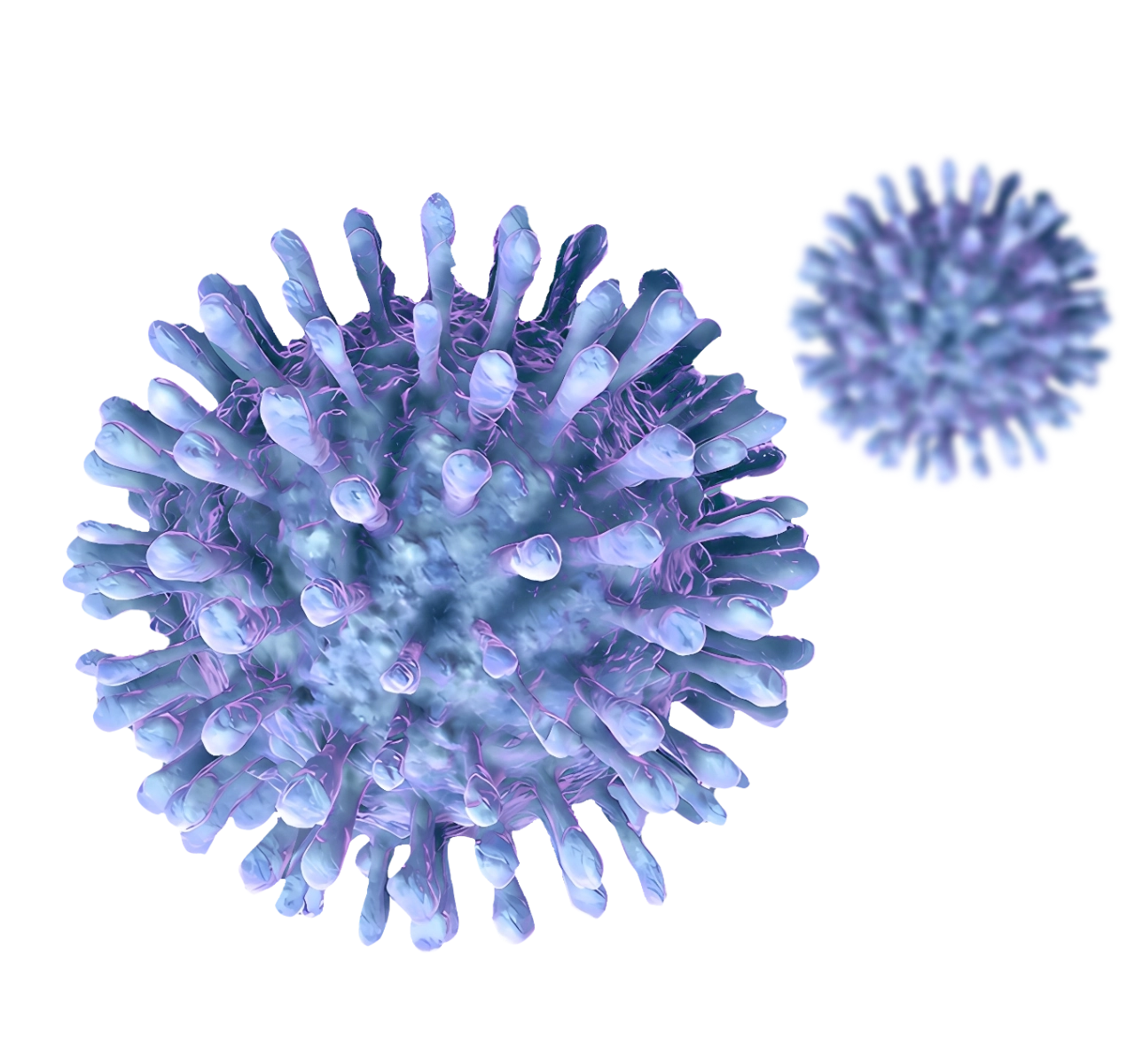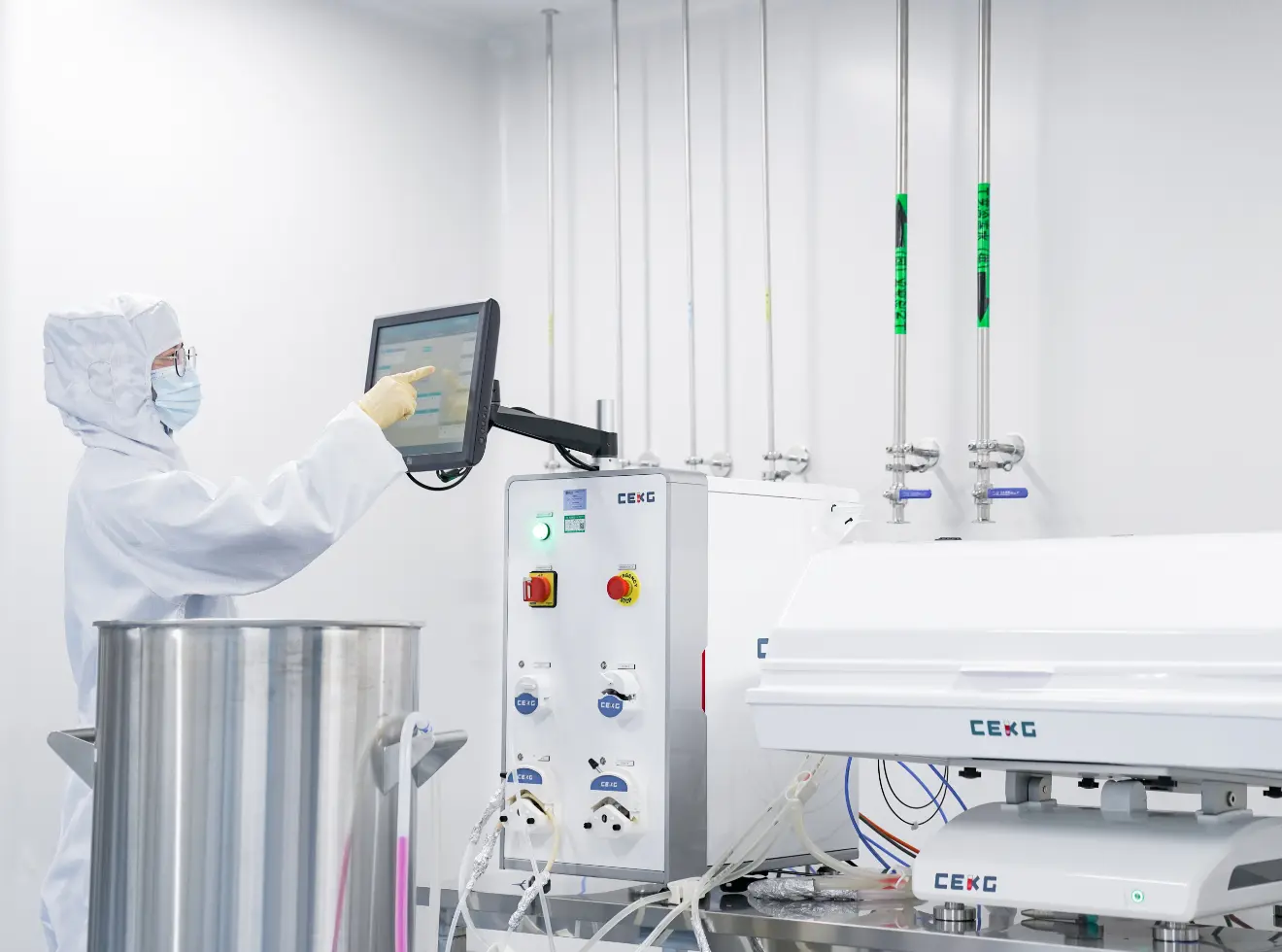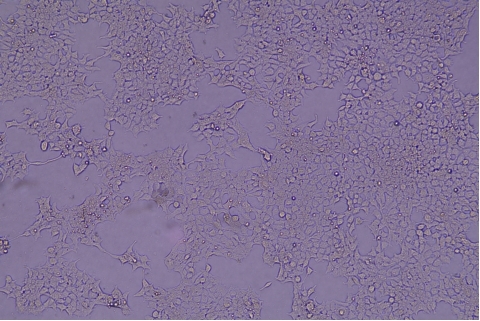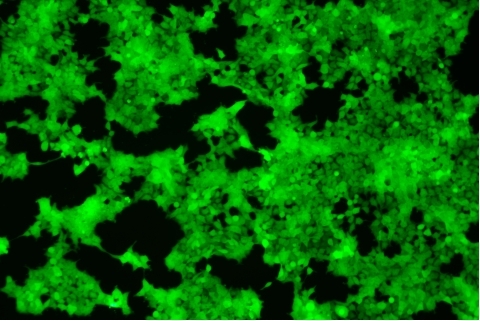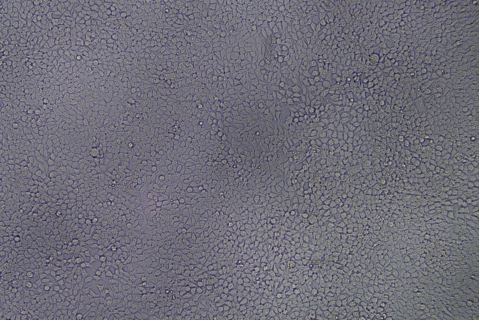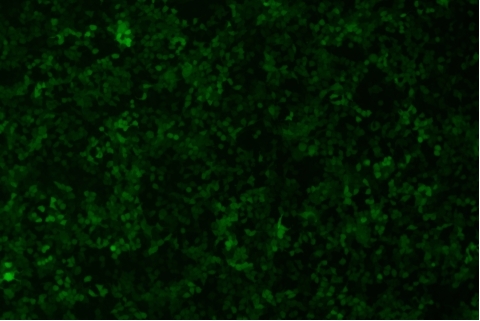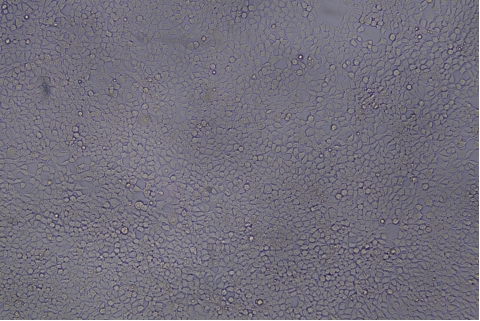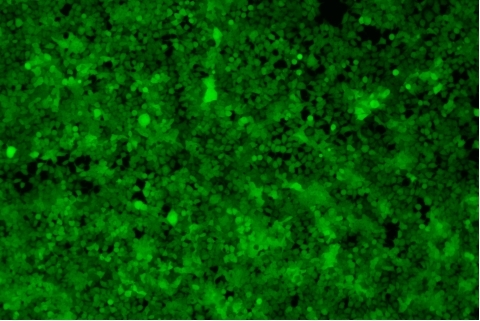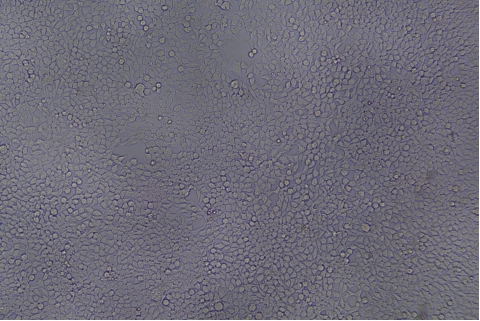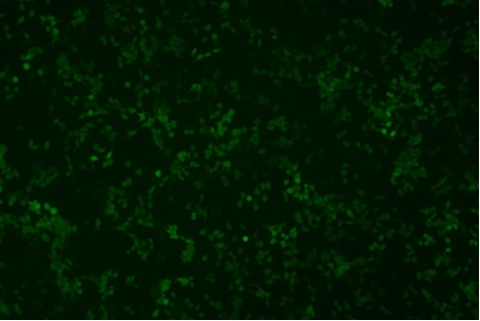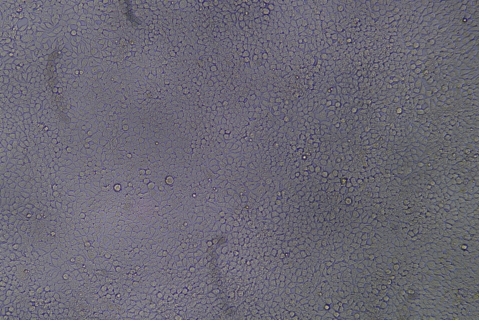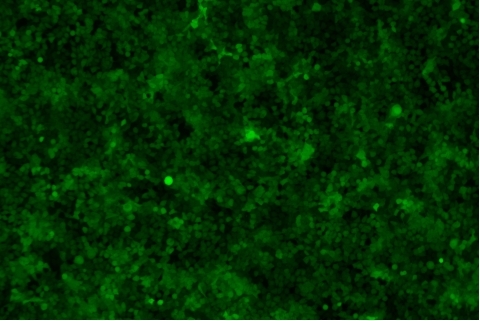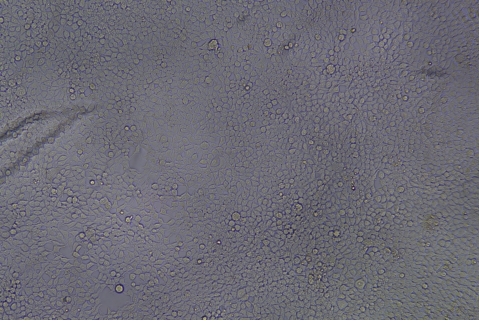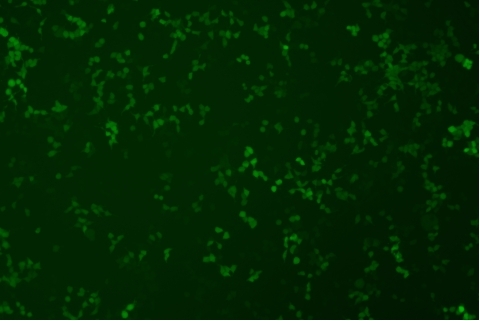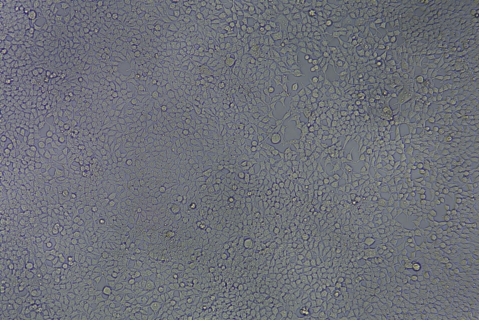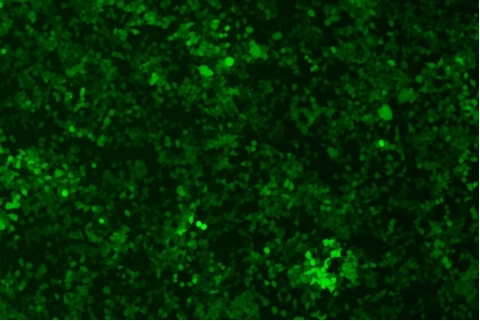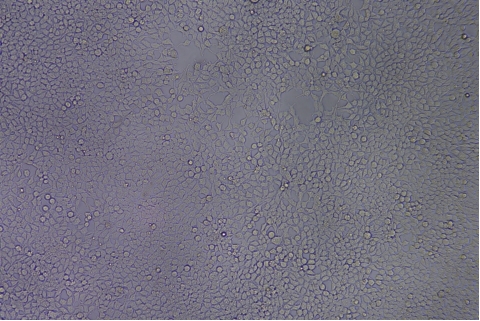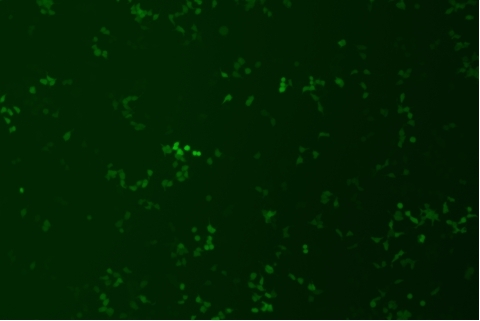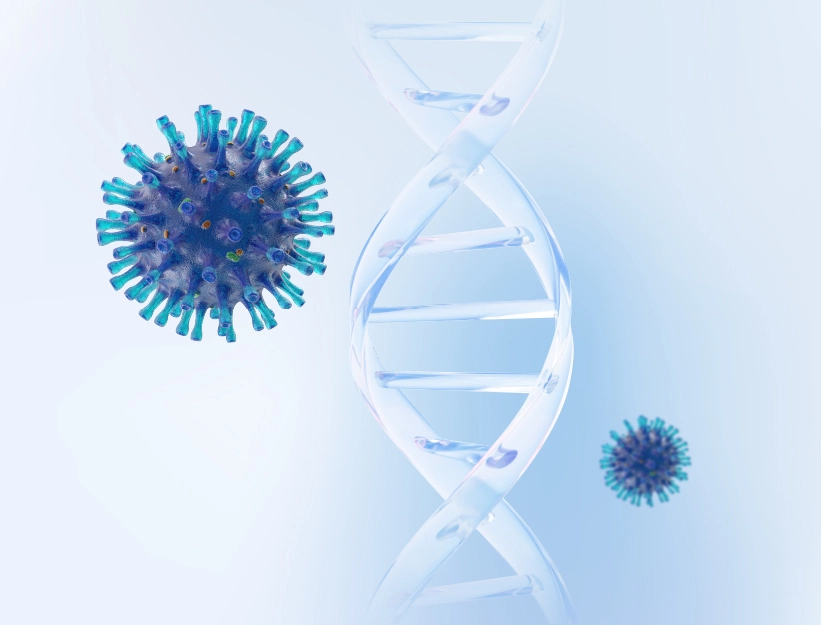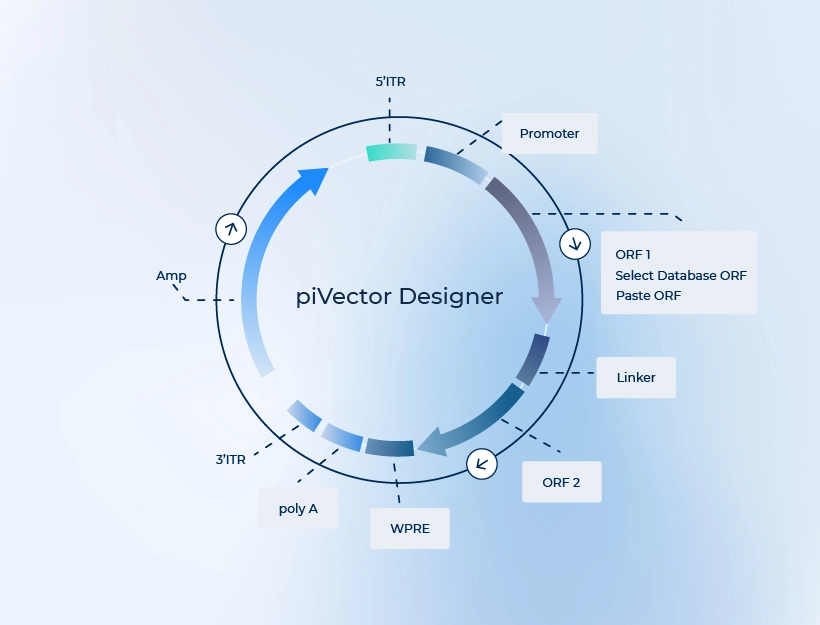Key Benefits
-
Efficient and prompt
delivery time as quick as 8 to 12 business days -
Accurate titer measurements
post-transduction qPCR eliminates any overestimation concerns -
Professional technical support
a response to any inquiries or requests will be delivered within 1 business day -
Enhanced Safety
“Self-inactivating” 3rd-generation system increases biosafety -
One-stop solution
from vector design and virus packaging to thorough analysis and testing -
Secure shipping
Dry ice and cold chain logistics to maintain optimal efficacy
Service Details
| In vitro grade | In vivo grade | |
|---|---|---|
| Application | Cell culture | In vivo study |
| Quantity | 5E7 TU and up | 5E7 TU and up |
| Functional titer (post-transduction qPCR) |
≥1E+8TU/mL | ≥1E+8TU/mL |
| Physical titer (p24 or qPCR) |
≥ 2E+9 GC/mL ≥ 1E+10 LP/mL |
≥ 2E+9 GC/mL ≥ 1E+10 LP/mL |
| Purification | Crude | Sucrose gradient |
| QC (see add-on QC below) |
Post-transduction qPCR, fluorescence images if contain fluorescence | Post-transduction qPCR, fluorescence images if contain fluorescence |
| Timeline | Start from 7 business days | 3-4 weeks |
- Lentivirus will be offer at a concentration of >1E8 TU/mL
- Yield is not guaranteed for constructs with elements detrimental to the viral packaging process. This includes but is not limited to, toxic genes, genes that disrupt viral packaging, genes that disrupt cell or lentiviral RNA integrity, sequences prone to rearrangement or secondary structures, nucleoproteins, transmembrane proteins, receptor genes, and gene segments with over 6.5kb between LTRs.
Quality Control
| Category | QC test | Description | Release standard |
|---|---|---|---|
| Titer | qPCR | qPCR quantifies the number of viral genome copies providing an accurate measure of the viral titer | Report titer |
| Post-transduction qPCR | Infection of cells followed by quantitative qPCR to determine the titer of lentiviruses | Report transduction unit | |
| Transduction test | Gradient dilution of infected cells and count of fluorescent cells | Provide bright field and fluorescent microscopy images | |
| p24 Elisa* | ELISA test for the p24 protein, a core capsid protein of HIV that is used to measure lentivirus titer | Report titer | |
| Contamination | Mycoplasma test* | Measure mycoplasma DNA by PCR | Guaranteed negative |
| Bioburden* | Plate count method: Quantification of live microorganisms (fungi, bacteria, etc.) using colony-forming units (CFUs) | No growth on the agarose plate | |
| Safety | Endotoxin LAL* | Measure endotoxin level by gel clot assay | Report |
* QC with additional charges
Need control lentivirus?
| Off-the-shelf lentivirus | Virus per vial | Titer |
|---|---|---|
| CAG.EGFP.T2A.Puro.WPRE | 2E7 TU | ≥1E+8TU/mL |
| CAG.EGFP.T2A.Bsd.WPRE | ||
| CAG.EGFP.T2A.Hygro.WPRE | ||
| CAG.mCherry.T2A.Puro.WPRE | ||
| CAG.mCherry.T2A.Bsd.WPRE | ||
| CAG.mCherry.T2A.Hygro.WPRE | ||
| EF1.SpCas9.T2A.Puro.WPRE | ||
| EF1.SpCas9.T2A.EGFP.WPRE | ||
| U6.NCshRNA.CAG.EGFP.T2A.Puro.WPRE | ||
| U6.NCshRNA.CAG.mCherry.T2A.Bsd.WPRE |
Performance
-
Post-Transduction Titer Ensure batch-to-batch consistency
No more concerns of overestimation
Accurate titer measurements by post-transduction qPCR 96-well plate, 1.5E+04 cells/well, virus 1.8µL, 72hrs after transduction See more QC test data
96-well plate, 1.5E+04 cells/well, virus 1.8µL, 72hrs after transduction See more QC test data -
How we measure Post-Transduction Titer


